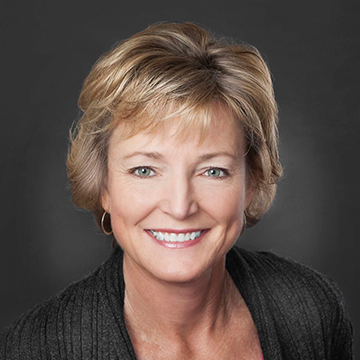
By Amanda Thomas, MS, CFP®
Client Advisor
Financial planners take a holistic approach to a client’s finances, and while growing investments is an important goal, protecting the client’s wealth should be another. Generally speaking, the more wealth a client has, the greater the likelihood that they are going to have some significant gaps in their insurance coverage. As a planner, the nature of our work is in part as a risk manager, as risk to losses due to litigation, natural disaster, or theft may be no less than the risk of losses due to a bad investment strategy.
When a client works with a planner, they have decided to bare their financial souls in a way that they may not choose to when talking to a traditional property and casualty professional. In that way, a planner may be able to identify a gap in coverage and direct them to their insurance agent to discuss that risk. Sometimes, the client has not had an insurance review in many years and the planner can encourage that review, or refer them to another agent who might be a better fit for their needs.
A large percentage of people are underinsured for catastrophic risks to their home, due to replacement coverage or failing to keep up with construction costs. Another gap is exposure from liability associated with a nanny, housekeeper or caretaker who isn’t properly insured for sickness, injury, or automobile accidents. Clients typically treat them as independent contractors and not employees – potentially a very costly mistake.
Lastly, a common gap in coverage is for an umbrella policy that shields policyholders from claims exceeding the limits of their basic auto or home policies. It is best to have an umbrella policy written by the same underwriter as that of the auto and home policies.
Mission Wealth asked HUB International Insurance to provide useful tips on how you can properly insure your home and personal property to fill any existing gaps:
- Confirm your home is insured to current rebuilding cost estimates. This can be done by asking your insurance company to come out to view the property or by asking local contractors what the average per square foot cost to rebuild is in the area. We tend to find many clients are underinsured on the dwelling value of their home as no inspection was completed by the insurance carrier they are currently with or the coverage was place at a lower amount to reduce premium.
- Put together a list/inventory of your personal property before a loss occurs. This will help streamline the claims process should you suffer a large loss (like wildfire). You can even simply walk around your home while recording a video on your smartphone to capture the interior features of the home along with the contents. Be sure to email that video to yourself to reference at a later date should you have a claim or upload the video to a cloud service such as Dropbox.
- Insure valuables on a separate policy or place a “rider” on the homeowners policy. If you have large amounts of jewelry, fine art, furs, silverware and other items of high value, your personal property limit under the homeowners may not be enough to cover the value of all items in the event of a total loss.
- Consider an insurance carrier who pays a loss to the home and contents at replacement cost and not actual cash value (depreciated amount).
- Consider an insurance carrier who provides a “cash-out” option in the event of a loss to the home (no requirement to rebuild).
READ MORE: What To Do Before and After a Wildfire
999134 12/17


